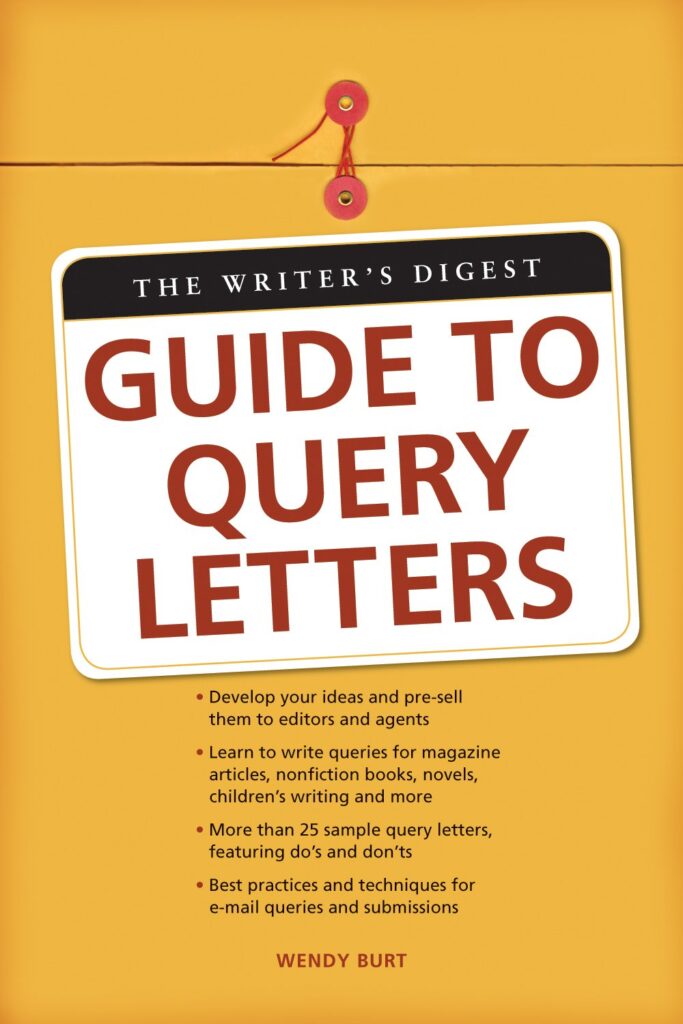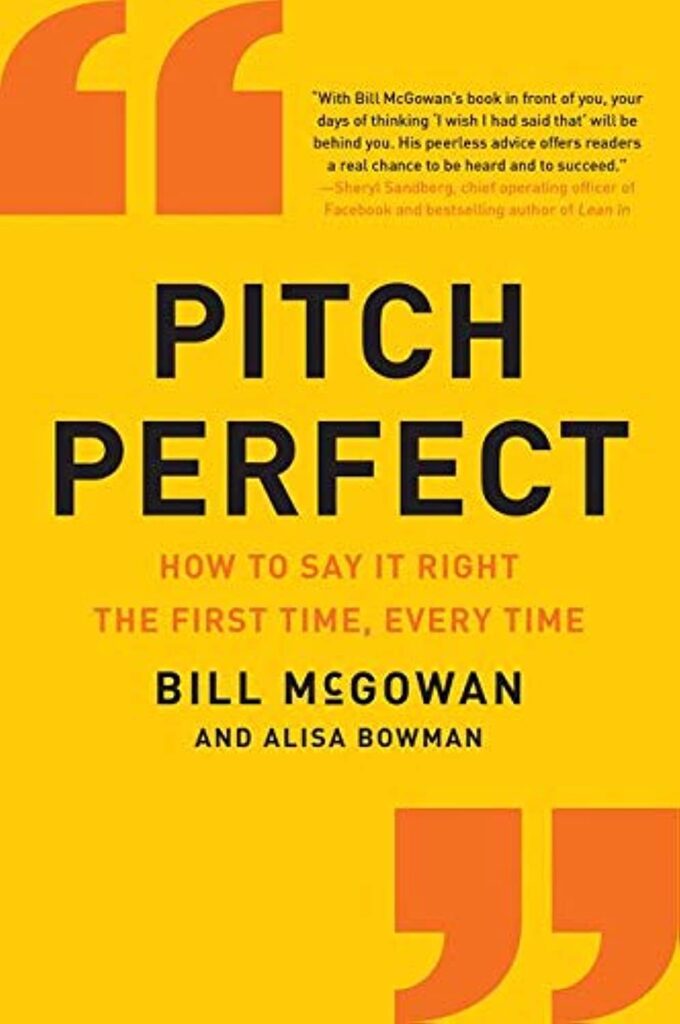Advice for writers
for writers
The One-Sentence Pitch: How to Hook Agents and Editors

Condensing Your Story Without Losing Its Soul
Every writer dreams of seeing their book published, their story embraced by readers, and their name on bookshelves. But behind the scenes of that dream is a crucial gatekeeper moment: the book pitch. More specifically, the one-sentence pitch—sometimes called a logline or hook.
You might think the bulk of your time should be spent polishing your manuscript—and while that’s an important step of its own, the truth is, it’s actually a single, tiny sentence that can make or break your chances with agents, editors, or publishers!
What Is a One-Sentence Book Pitch?
At its core, a one-sentence pitch is a concise summary of your book’s central conflict, often highlighting the protagonist, the stakes, and the unique twist. Think of it as your story’s essence distilled into a single, captivating sentence.
But why does something so brief carry such weight?
Literary agents, editors, and readers are inundated with thousands of queries, proposals, and manuscripts. They don’t have time to wade through lengthy synopses or multiple paragraphs to decide if your book is worth their attention. Your pitch is often the very first impression, and you never get a second chance to make one.
Your Pitch Is Your Golden Ticket
Experienced agents frequently say they decide whether to read a manuscript within the first few seconds of a query letter, largely based on how well the pitch hooks them. You can write the most beautiful prose, but if they don’t understand what your story is about in one sentence, they can’t sell it.
Agents and editors must pitch your book to publishers or marketing teams, and those professionals want a simple, compelling way to explain why your book matters. Without a clear, concise pitch, even the best manuscript might be overlooked.
What Makes a One-Sentence Book Pitch Stand Out?
A pitch that works well has several key ingredients:
♦ Clarity: It’s immediately understandable. Avoid jargon, overly complex descriptions, or vague language.
♦ Conflict: Your pitch should highlight the tension or problem the protagonist faces. Conflict drives stories and grabs attention.
♦ Unique Hook: What sets your book apart? Whether it’s an unusual setting, an unexpected twist, or a compelling character, this uniqueness needs to shine. (For tips on developing a good hook, check out this post.)
♦ Emotion or Stakes: Readers (and industry pros) want to know what’s at risk. What does the protagonist stand to lose or gain?

Common Mistakes Writers Make with Pitches
Crafting a killer one-sentence book pitch is harder than it looks. There are many ways a pitch can miss the mark; recognizing these pitfalls can save you time and boost your chances of catching an agent or editor’s eye.
Let’s look at some common missteps, along with examples and ways to revise.
Too Broad or Vague
“It’s about a girl who finds herself.”
This kind of pitch leaves readers (and agents) wondering: What kind of journey? What makes this story unique? It’s important to drill down to the specific conflict or twist that sets your story apart.
How to fix it: Add clarity by highlighting the main character’s goal, the stakes involved, or the unique situation she faces.
Instead, try: “When a rebellious teen discovers she can manipulate time, she must decide whether to rewrite her tragic past or risk unraveling the future.”
This version shows a clear conflict and unique hook, making the story much more compelling!
Overloading with Details
“A young woman struggling with loss in a dystopian city where the government controls emotions and her brother is missing, and she joins a rebellion to find him and bring down the system.”
While the elements are interesting, this pitch tries to cram too much into one sentence, making it overwhelming and hard to follow.
How to fix it: Focus on the core conflict and emotional stakes. What’s the driving force behind the story? Trim any excess details that don’t serve the central hook.
Instead, try: “In a city where emotions are outlawed, a young woman risks everything to rescue her missing brother—and spark a revolution.”
This version is concise but still evocative, making it easier for an agent to grasp the story quickly.
Focusing on Backstory Instead of Conflict
“After growing up in a broken home, a man embarks on a journey to find peace.”
This tells us about the character’s history but doesn’t reveal the story’s core conflict or what drives the plot forward.
How to fix it: Center your pitch on the problem the character faces or the goal they must achieve. Show what’s at stake.
Instead, try: “Haunted by his past, a man must confront a deadly secret that threatens the lives of those he loves.”
This shifts focus from exposition to dramatic tension, which hooks readers and professionals alike.
Using Clichés or Genre Jargon
“A coming-of-age story about self-discovery and finding one’s place in the world.”
While these phrases describe common themes, they’re so overused they lose impact. Agents see them all the time and often skip pitches that rely on generic wording.
How to fix it: Be specific about what makes your story fresh and unique. Avoid jargon and instead show originality through vivid details or unexpected elements.
Instead, try: “A rebellious teen hacker teams up with a mysterious stranger to expose a city-wide surveillance conspiracy.”
This paints a clear, unique picture rather than leaning on tired phrases.
Lacking Emotional Impact
“A detective solves a murder in a small town.”
While straightforward, this pitch doesn’t convey why the story matters. What’s the emotional hook? What’s at stake for the detective or the community?
How to fix it: Inject emotional urgency or stakes into your pitch to give it resonance.
Instead, try: “A grieving detective races against time to catch a killer before another innocent life is lost in a town gripped by fear.”
This revision adds urgency and stakes, giving the pitch more emotional weight.
Write a One-Sentence Book Pitch That Works
1. Start with Your Protagonist and Their Goal
Identify who your main character is and what they want. This gives your pitch a human element readers can relate to.
An orphaned boy discovers he’s a wizard and must stop a dark lord from taking over the magical world.
2. Define the Central Conflict or Obstacle
What stands in their way? This adds tension and stakes.
…but his own school friends start turning against him.
3. Highlight What Makes Your Story Unique
Is it a fresh setting? A twist on a classic trope? A complex moral dilemma?
Set in a futuristic city where memories can be bought and sold.
4. Keep It Clear and Concise
Aim for one sentence—ideally around thirty words.
Read it out loud. Does it flow? Is it easy to understand?
5. Test and Refine
Try your pitch on other writers, editors, or friends and watch their reaction. Do they want to know more?
Resources to Help You Craft Your Pitch
The Power of Your Perfect Pitch
Your manuscript may be filled with beautiful prose, complex characters, and compelling plots—but in the competitive publishing world, that one sentence is your first, best chance to make an impression. It’s the bait on your hook, the headline on your ad, the opening line in your conversation.
Take the time to craft your pitch carefully. Test it, revise it, and make sure it’s clear, compelling, and true to your story’s heart.
Mastering your one-sentence book pitch won’t just help you get a deal—it will change how you tell your story.

Erin K. Larson-Burnett, Production Manager at Atmosphere Press (submit your manuscript here!), is a born-and-raised Southerner currently living in Katy, Texas, with her husband and their small domestic zoo. She is an avid ink drinker who lives and breathes books—during the day, she works remotely with authors around the world, honing and perfecting books published through Atmosphere Press. By night, she crafts her own stories…or at least tries to. The Bear & the Rose is her debut novel.

Atmosphere Press is a selective hybrid publisher founded in 2015 on the principles of Honesty, Transparency, Professionalism, Kindness, and Making Your Book Awesome. Our books have won dozens of awards and sold tens of thousands of copies. If you’re interested in learning more, or seeking publication for your own work, please explore the links below.


